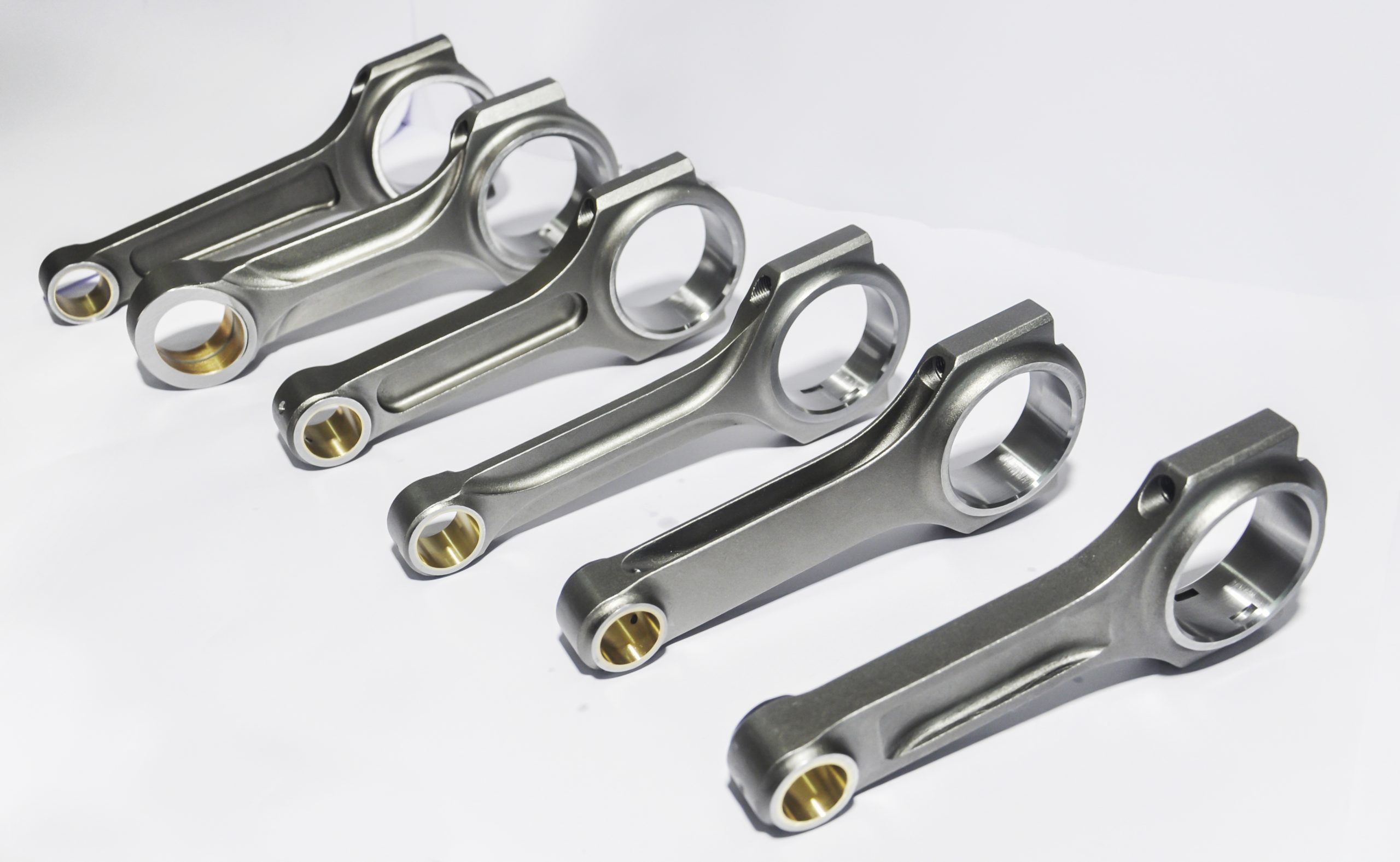Cracked connecting rods are a serious concern for any engine owner, as they can lead to catastrophic engine failure if not addressed promptly. Understanding the symptoms, causes, and potential solutions for cracked connecting rods is essential to protect your investment and ensure your engine’s longevity. This article delves into the critical aspects of this engine issue, offering valuable insights for vehicle owners and enthusiasts alike.
One of the first symptoms of a cracked connecting rod is often a knocking or tapping noise coming from the engine. This noise usually increases with engine load and RPM, and may be accompanied by a loss of power, reduced fuel efficiency, or misfires. In more severe cases, a cracked connecting rod can lead to complete engine failure, with the connecting rod puncturing the engine block or damaging other internal components.
Causes of cracked connecting rods can vary, but some common factors include excessive engine load, poor lubrication, manufacturing defects, and improper torque applied to connecting rod bolts. Excessive engine load can cause the connecting rod to experience increased stress, potentially leading to a fracture. Poor lubrication can result in increased friction and heat, causing the connecting rod to weaken and crack over time. Manufacturing defects in the material or machining process can introduce stress risers, increasing the risk of a crack forming. Finally, improper torque applied to connecting rod bolts can result in uneven clamping force, leading to additional stress on the connecting rod.
Solutions for cracked connecting rods often depend on the severity of the issue and the overall condition of the engine. In some cases, replacing the damaged connecting rod and associated components may be sufficient to address the problem. However, a complete engine rebuild or replacement may be necessary in more severe cases, particularly if the cracked connecting rod has caused extensive damage to other engine components.
To prevent cracked connecting rods, it is essential to practice proper engine maintenance and follow manufacturer recommendations. Ensure that your engine receives adequate lubrication, and use high-quality engine oil with the appropriate viscosity for your specific application. Avoid overloading your engine, and always use the correct torque specifications when assembling or reassembling your engine.
Regularly inspect your connecting rods and other engine components for signs of wear, damage, or fatigue. Early detection of potential issues can help you address problems before they escalate into more severe engine damage. Additionally, consider upgrading to high-quality, aftermarket connecting rods designed to withstand increased stress and performance demands.
In summary, understanding the symptoms, causes, and solutions for cracked connecting rods is vital to protect your engine and maintain its performance. By following proper maintenance practices, using high-quality components, and addressing any concerns early, you can minimize the risk of cracked connecting rods and ensure the longevity of your engine.